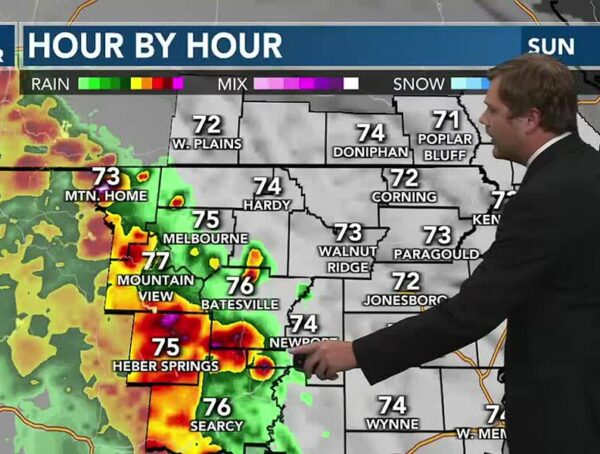Tony Plohetski can still recall the first moments of the Uvalde tragedy of May 24, 2022 – that’s when an elementary school became a scene of horror. Amidst the chaos, Plohetski says his journalistic instincts kicked in.
“You don’t wait to be asked to go. You say, ‘I’m leaving my house right now,’” he said.
Plohetski and the Austin American-Statesman newspaper’s coverage of the Uvalde mass shooting led them to become a Pulitzer Prize finalist. Plohetski said basic journalism skills made the difference.
He and his colleagues relied on sources and contacts within government agencies and elsewhere that they could call to get the truth about what was happening. As a result, Plohetski says his newsroom became the first outlet to raise the death toll from 2 to 14, which was just the first of many difficult decisions the organization had to make.
As the Uvalde tragedy unfolded, Plohetski was the reporter who obtained the first images and video showcasing law enforcement’s delayed response—a secondary story that he would further develop in the weeks after the incident.
“Our job as journalists is to provide the truth and full transparency to the public. Ultimately, they deserve maximum information,” said Plohetski, who shared that the paper struggled with the ethical dilemmas behind releasing such sensitive content.
When covering any mass shooting, Plohetski said one primary goal of the coverage is to focus on victims, not perpetrators.
“The biggest lens of our coverage is on the victims and their lives and their deaths,” he said.
Plohetski said reporters should humanize tragedy and shift the narrative away from glorifying the attackers. For this reason, he said every decision his newsroom made about new information in the Uvalde shooting was presented to the public after a thoughtful deliberative process.
“We go out to the world and we interview people on any given topic and then we bring to bear our skills and make determinations around what is most of the public interest, what is most factual and then decide what to bring forward to them,” Plohetski said.
The work must also be done with compassion, according to Plohetski. “I think it is important for us to connect with the people we are covering and to show that we are empathetic people and that we care about them on a really human level.”
He also took time to recognize what reporting on stories like Uvalde does to the journalists who do the work. He said he’s seen a shift in the industry’s approach to supporting employees in these situations.
“Mental health counselors are brought in to talk to entire staffs. Editors and news managers are far more aware of the toll this work takes on their journalists,” he said.
Finally, when asked about the impact of his reporting, Plohetski shares that the Uvalde coverage served as a training tool for law enforcement agencies nationwide, emphasizing the need for improved responses in active situations.
The Uvalde coverage garnered Plohetski and the Austin American-Statesman a national Edward R. Murrow Award and both, along with Austin ABC affiliate KVUE-TV, were named finalists for the prestigious Alfred I. duPont-Columbia Award for their joint reporting.








